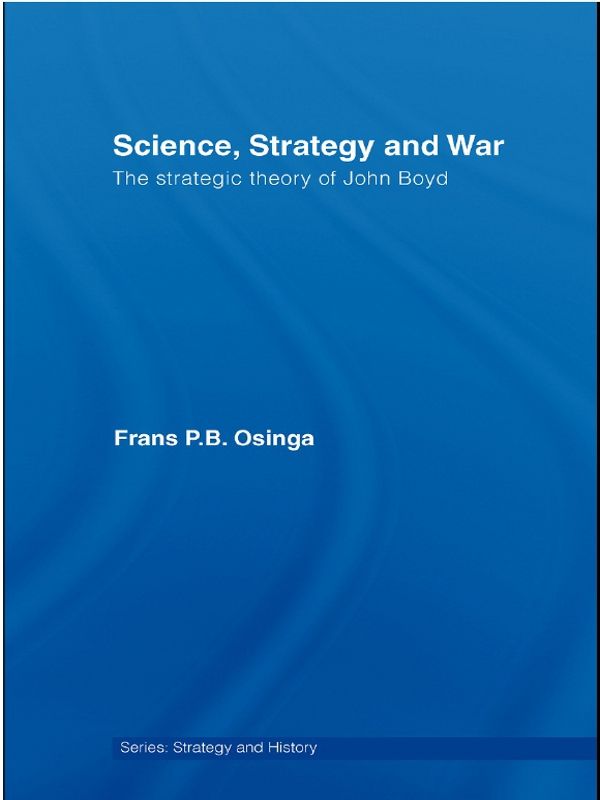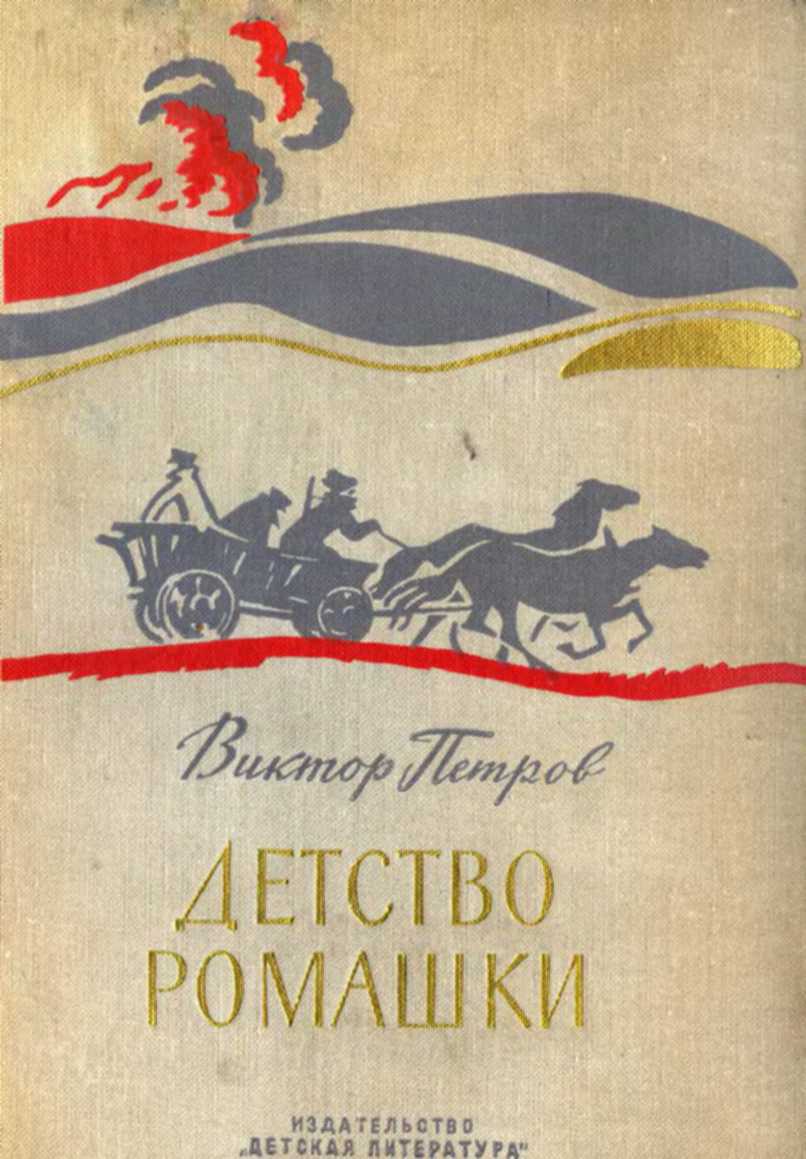work.
30 See also Hammond, op. cit., p. 15.
31 John Boyd, The Strategic Game of ? and ?, p. 58.
32 The description of military theory and doctrine are derived from Antulio J. Echevarria, After Clausewitz, German Military Thinkers Before the Great War, Lawrence: University Press of Kansas, 2000, pp. 7–8.
33 J. Mohan Malik, ‘The Evolution of Strategic Thought’, in Graig Snyder (ed.), Contemporary Security and Strategy, London: Macmillan, 1999, p. 13.
34 Carl von Clausewitz, On War, trans. Michael Howard and Peter Paret, Princeton, NJ: Princeton University Press, 1976, p. 128.
35 Gray, op. cit., p. 17.
36 J.C. Wylie, Military Strategy: A General Theory of Power Control, New Brunswick: Rutgers University Press, p. 13.
37 André Beaufre, An Introduction to Strategy, New York: Praeger, 1963, p. 22.
38 Williamson Murray and Mark Grimsley, ‘Introduction: On Strategy’, in Murray, MacGregor Knox and Alvin Bernstein (eds), The Making of Strategy: Rulers, States, and War, Cambridge: Cambridge University Press, 1994, p. 1.
39 Malik, op. cit., p. 14.
40 Henk W. Volberda and Tom Elfring, Rethinking Strategy, London: Sage Publications, 2001, op. cit., p. 1.
41 Adopted from Henry Minzberg et al., Strategy Safari, New York: Free Press, 1998, p. 16.
42 Gray, op. cit., p. 47.
43 Gray, ibid., p. 44.
44 Richard K. Betts, ‘Is Strategy an Illusion?’, International Security, Vol. 25, No. 2, Fall 2000, p. 5.
45 Williamson Murray and MacGregor Knox, ‘Conclusion, the future behind us’, in MacGregor Knox and Williamson Murray, The Dynamics of Military Revolution, 1300–2050, Cambridge: Cambridge University Press, 2001, p. 180.
46 Gray, op. cit., p. 50.
47 Ibid., p. 124.
48 Gary King et al., p. 20.
49 Bruce Russett and Harvey Starr, World Politics, A Menu for Choice, San Francisco, 1981, p. 32. Laws are hypotheses that are confirmed in virtually all of the classes of phenomena to which they are applied.
50 Clausewitz, op. cit., p. 140.
51 Ibid., p. 141.
52 Ibid., p. 136. This critique was directed against Jomini and Bulow.
53 John C. Garnett, Commonsense and the Theory of International Politics, London: Macmillan, 1984, p. 46.
54 Alexander George, Bridging the Gap, Theory and Practice in Foreign Policy, Washington, D.C.: United States Institute of Peace Press, 1993, p. 117.
55 Gray, op. cit., pp. 125–6.
56 Ibid., p. 128.
57 In fact, most strategic theorists argue that a specific method will most likely under all circumstances provide victory. Famous authors such as Jomini, Douhet and Liddell Hart were not above that.
58 Gray, op. cit., p. 36.
59 See John Tetsuro Sumida, Inventing Grand Strategy and Teaching Command, Washington, D.C.: The Woodrow Wilson Center Press, Washington, D.C., 1997, p. xix.
60 Stephen M. Walt, ‘The Search for a Science of Strategy’, International Security, Summer 1987, Vol. 12, no. 1, p. 141.
61 See Alexander George, Bridging the Gap, Theory and Practice in Foreign Policy, Washington, D.C.: United States Institute of Peace Press, 1993, for a discussion on the value of theory for foreign policy making which is quite relevant for understanding the value of strategic theory.
62 Ibid., p. xviii.
63 Gray, op. cit., pp. 35–6.
64 Ibid., p. 123.
65 Ibid., p. 134.
66 Ibid., p. 4.
67 Ibid., pp. 24–6.
68 Bernard Brodie, War and Politics, New York: Macmillan, 1973, p. 452.
69 See for instance Ken Booth, ‘The Evolution of Strategic Thinking’, in John Baylis, Ken Booth, John Garnett and Phil Williams, Contemporary Strategy, Volume I, second edition, New York: Holmes & Meier, 1987.
70 Avi Kober, ‘Nomology vs Historicism: Formative Factors in Modern Military Thought’, Defense Analysis, Vol. 10, No. 3, 1994, p. 268.
71 This is similar to Anthony Giddens’ notion of ‘reflexivity’, as will be discussed in Chapter 4.
72 Luttwak, Strategy, the Logic of War and Peace, Cambridge, MA: Harvard University Press, 1987.
73 See Chapter 7 for a brief discussion on asymmetric warfare.
74 Todd Stillman, ‘Introduction: Metatheorizing Contemporary Social Theorists’, in George Ritzer, The Blackwell Companion to Major Contemporary Social Theorists, Oxford: Blackwell Publishing, 2003, p. 3.
75 Mintzberg et al., op. cit., pp. 8–9. See also Volberda, op. cit., p. 7.
76 Quincy Wright, The Study of International Relations, New York: The University of Chicago Press, 1955, p. 149.
77 Kober, op. cit., p. 268. Actually he also states that the way lessons are learned affects military theory. However, Kober fails to show to what extent it is markedly different in its effect on theory making, as compared to the more thoroughly discussed factor of the nature of war.
78 Ibid., pp. 272–3.
79 Ibid., p. 276.
80 Azar Gat, Fascist and Liberal Visions of War, Oxford: Clarendon Press, 1998, p. 175.
81 Ibid., pp. vii, viii.
82 Azar Gat, The Origins of Military Thought, Oxford: Clarendon Press, 1989, p. 25.
83 Azar Gat, The Development of Military Thought: The Nineteenth Century, Oxford: Clarendon Press, Oxford, 1992, p. 1. See also Gat, A History of Military Thought, From the Enlightenment to the Cold War, Oxford: Oxford University Press, 2001, Book I, pp. 141–51 for a short discussion of the shifting intellectual Zeitgeist that occurred around 1800.
84 Amos Perlmutter, ‘Carl von Clausewitz, Enlightenment Philosopher: A Comparative Analysis’, The Journal of Strategic Studies, Volume 11, March 1988, number 12, p. 16.
85 Ibid., p. 12.
86 See also Peter Paret, who argues that Clausewitz, both in method and in terminology, was influenced by the philosophers of the Enlightenment and of German idealism, such as Kant, Herder and Fichte, who inspired him not only directly through their works but also through the filter of German historical writings that was influenced by them. See Peter Paret, Clausewitz and the State, Princeton, NJ: Princeton University Press, 1976, p. 84.
87 Robert P. Pellegrini, The Links Between Science and Philosophy and Military Theory, Understanding the Past; Implications for the Future, Maxwell A.F.B., AL: Air University Press, June 1995, p. 33.
88 Barry Watts, The Foundations of US Air Doctrine, the Problem of Friction in War, Maxwell





